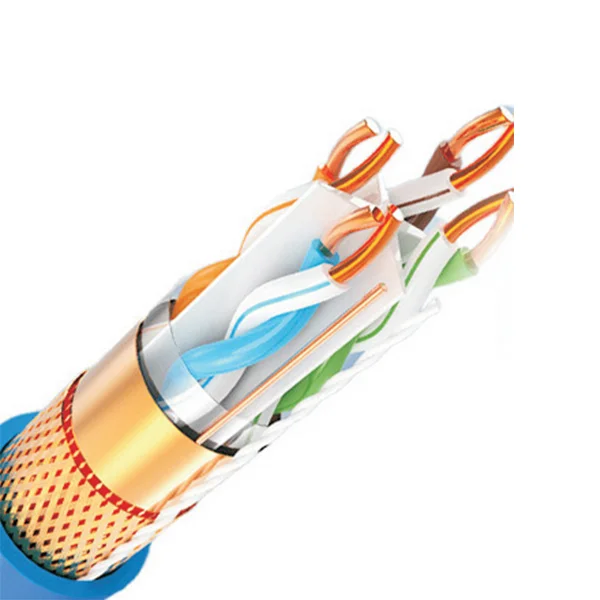In the rapidly evolving landscape of automotive technology, the Electronic Control Module (ECM) stands out as a pivotal component that orchestrates the myriad functions of modern vehicles. As vehicles become increasingly sophisticated, understanding the purpose and functionality of the ECM is essential for both automotive professionals and enthusiasts alike. This article delves into the multifaceted role of ECMs, exploring their significance, operational mechanisms, and the future of automotive control systems.
Understanding the Electronic Control Module
At its core, the Electronic Control Module is a specialized computer that manages various electronic systems within a vehicle. It serves as the brain that interprets data from numerous sensors and executes commands to optimize performance, efficiency, and safety. The ECM is integral to several critical functions, including engine management, transmission control, and emissions regulation.
Key Functions of the ECM
- Engine Management: One of the primary roles of the ECM is to regulate the engine's performance. It monitors parameters such as air-fuel mixture, ignition timing, and idle speed. By adjusting these variables in real-time, the ECM ensures optimal combustion, enhancing fuel efficiency and reducing emissions.
- Transmission Control: In modern automatic transmissions, the ECM plays a crucial role in determining shift points based on driving conditions. By analyzing data from various sensors, the ECM can make split-second decisions to ensure smooth gear transitions, improving overall drivability.
- Emissions Control: With stringent environmental regulations, the ECM is vital in managing a vehicle's emissions. It controls components like the catalytic converter and oxygen sensors to ensure that the vehicle meets legal standards while minimizing its environmental impact.
- Diagnostics and Troubleshooting: The ECM is equipped with diagnostic capabilities that monitor the health of various systems. When a fault is detected, it triggers the Check Engine light and stores diagnostic trouble codes (DTCs) that can be accessed by technicians for troubleshooting. This feature is essential for maintaining vehicle performance and safety.
- Integration with Advanced Driver-Assistance Systems (ADAS): As vehicles become more automated, the ECM's role expands to include the management of ADAS features such as adaptive cruise control, lane-keeping assistance, and collision avoidance systems. The ECM processes data from multiple sensors, including radar and cameras, to enhance driver safety and convenience.
The Architecture of an ECM
The architecture of an Electronic Control Module typically consists of several key components:
- Microcontroller: The heart of the ECM, responsible for processing data and executing commands.
- Input/Output Interfaces: These allow the ECM to communicate with various sensors and actuators throughout the vehicle.
- Memory: Both volatile (RAM) and non-volatile (flash) memory are used to store operational data and firmware.
- Power Supply Circuitry: Ensures that the ECM operates reliably under varying electrical conditions.
The Future of ECMs in Automotive Technology
As the automotive industry shifts towards electrification and automation, the role of the ECM is set to evolve dramatically. Future ECMs will likely integrate artificial intelligence (AI) and machine learning algorithms to enhance their decision-making capabilities. This advancement will enable vehicles to learn from driving patterns, optimize performance dynamically, and even predict maintenance needs before they arise.
Moreover, with the advent of connected vehicles, ECMs will play a crucial role in vehicle-to-everything (V2X) communication. This technology will allow vehicles to communicate with each other and infrastructure, paving the way for safer and more efficient transportation systems.
Conclusion
The Electronic Control Module is more than just a component; it is the nerve center of modern vehicles, ensuring that various systems work harmoniously to deliver optimal performance, safety, and efficiency. As automotive technology continues to advance, the ECM will remain at the forefront, adapting to new challenges and opportunities in the ever-changing landscape of transportation. Understanding its purpose and functionality is essential for anyone looking to grasp the intricacies of modern automotive systems.

